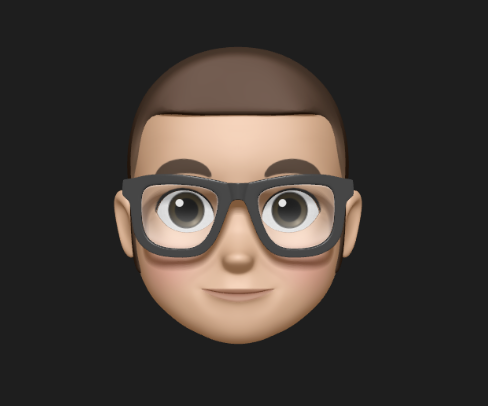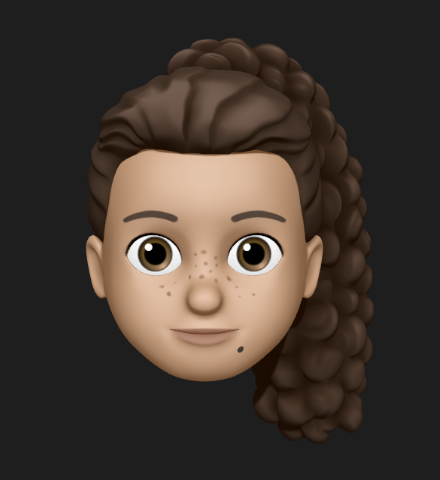 Your Money
Your Money Net Salary vs. Gross Salary: Differences and How to Calculate Them
In this post, we'll teach you how to convert your gross salary to net salary in Mexico so you know how much you really earn from your work.



Have you ever wondered, why is the dollar going down today? What happens if the dollar goes up? How does it affect me?
The dollar is a reference currency for the global economy, and changes in its value can affect anyone. It doesn’t matter whether you hold money in this currency or not—what happens with it impacts your finances.
That’s why it’s important to understand why these changes happen and how they can play in your favor or against you. So, we’ve put together a simple guide to help you better understand the topic.
We’ll start by explaining why the dollar rises or falls in simple terms, followed by the factors that influence it and its impact on your finances.
The value of the dollar against the Mexican peso changes daily because it works like any other product. That is, based on supply and demand—in this case, in the foreign exchange market.
The simplest way to explain why the dollar rises or falls is this:
It rises when many people want to buy dollars.
It falls when there are more people selling dollars than buying them.
The exchange rate in Mexico is free-floating, meaning it’s not set by the government or the Bank of Mexico. Since 1994, the dollar’s price is determined by the market—that is, by the number of people wanting to buy or sell currencies at a given time.
What Happens if the Dollar Rises in Mexico?
Everything that comes from abroad becomes more expensive. On the other hand, if the dollar falls, imports are cheaper, which can help consumers. Though exporters may earn less when converting their dollars to pesos.
But this volatility happens due to several factors that influence the dollar’s price:
The dollar’s value depends on how each country’s economy is doing.
When the U.S. economy is strong, the dollar strengthens. It becomes more reliable and more people want it, which drives the price up against the peso.
If the opposite happens to Mexico, for example, it experiences economic problems due to low investment, the peso suffers a devaluation. Meanwhile, the dollar becomes more expensive for Mexicans.
Foreign companies investing in Mexico increase the inflow of dollars into the country. This boosts supply in the market and can lower the currency’s price.
But if investors lose confidence in Mexico or a crisis arises, they’re likely to pull their money out. To do so, they sell pesos and buy dollars, which pushes the dollar higher.
Inflation is another factor influencing the dollar’s price.
It’s when everything becomes so expensive that your money buys less than before. As a result, the peso weakens and the dollar strengthens.
If inflation is under control and prices rise slowly, the peso stays stable and the dollar doesn’t go up as much.
Mexico is an oil-exporting country, and when oil prices go up, more dollars enter the country. That strengthens the peso, and the dollar may drop.
But if oil prices fall, Mexico receives fewer dollars and the dollar rises.
The dollar’s price can also change based on global events or even rumors—like a war, financial crisis, or widely known event.
This creates uncertainty, so many investors or individuals seek to protect their money.
In such cases, they choose the dollar since it’s considered a safe currency, increasing demand. Then, its price rises against the peso—even if Mexico’s economy hasn’t changed.
Mexico’s central bank plays a key role, as it decides on interest rates.
If Banxico raises them, investing in pesos becomes more attractive. More people buy pesos, it strengthens, and the dollar drops.
If rates drop, investors lose interest in the peso, and the opposite happens: the dollar rises and the peso falls.
When we talk about the dollar’s value rising or falling, we’re referring to changes in the exchange rate between the peso and the dollar. This directly impacts cost of living, prices, and your spending or investment decisions—even if you don’t live in the U.S. or earn in dollars.
Why? Because many things are linked to the dollar.
Here are a few examples of what happens if the dollar rises:
You’ll notice filling up your gas tank costs more than before.
If you’re traveling or studying abroad, everything might cost more since you’ll need more pesos to cover dollar-based expenses.
Ordering online from outside Mexico becomes less appealing.
If you have loans in dollars and the exchange rate rises, the amount you owe in pesos also increases.
It also affects remittances.
If the dollar’s exchange rate is high, you receive more money. If it’s low, the same amount yields less. Likewise, if you’re exchanging dollars to pesos, you could earn more at a high rate—or lose at a low one.
In short, the dollar’s value has a significant impact on many aspects of your personal finances.
The first to benefit are companies that use imported goods—like machinery, electronics, or raw materials—since these become cheaper.
Importers often gain too, because they can bring in foreign products at lower costs.
Those traveling abroad also benefit. Why? Because they need fewer pesos to pay for flights, lodging, or meals priced in dollars.
In short, anyone who has to spend in dollars benefits most from a falling dollar.
Investing in dollars is usually an interesting option for many. However, the decision depends on a number of factors, such as your objectives, risk profile and the economic context.
Although it could help you diversify your investments and protect you from peso volatility, it also involves risks.
Mutual funds are a common way to do this, as long as they include stocks, debt or different assets in dollars. This will allow you to have exposure to international markets.
While it can help mitigate the impact of a specific sector's downturn, it does not guarantee returns.
The exchange rate is also key.
If it goes up when you sell, you could make an additional profit. But if it goes down, the value of your investment will be affected.
In any case, in Mexico there are accessible options to invest in dollars. There are several platforms and banks that offer options such as debt investment funds in dollars. But before making a decision, be well informed and compare alternatives.
If possible, look for a financial advisor to help you choose the most appropriate for your situation.
Looking for a practical way to manage dollars from Mexico? DolarApp can help.
When you open an account with DolarApp, you’ll get U.S. banking details as if you were there. This allows you to convert your pesos into digital dollars (USDc) or vice versa. The process is nearly instant, and we offer the most favorable exchange rate for you.
The account is also useful for sending money to others or receiving payments from abroad—you’ll only pay a 3 USDc fee per transaction.
Best of all: everything is done from your phone, no paperwork required.

Los países tienen fronteras. Tus finanzas, ya no.
 Your Money
Your Money In this post, we'll teach you how to convert your gross salary to net salary in Mexico so you know how much you really earn from your work.

 Your Money
Your Money DiDi Pay app is a secure and efficient payment method where you can link your card and forget about fees. Discover everything about DiDi Pay here.

 Your Money
Your Money Aside from providing a definition, this post covers the types, duration, and how to receive an international bank transfer.


